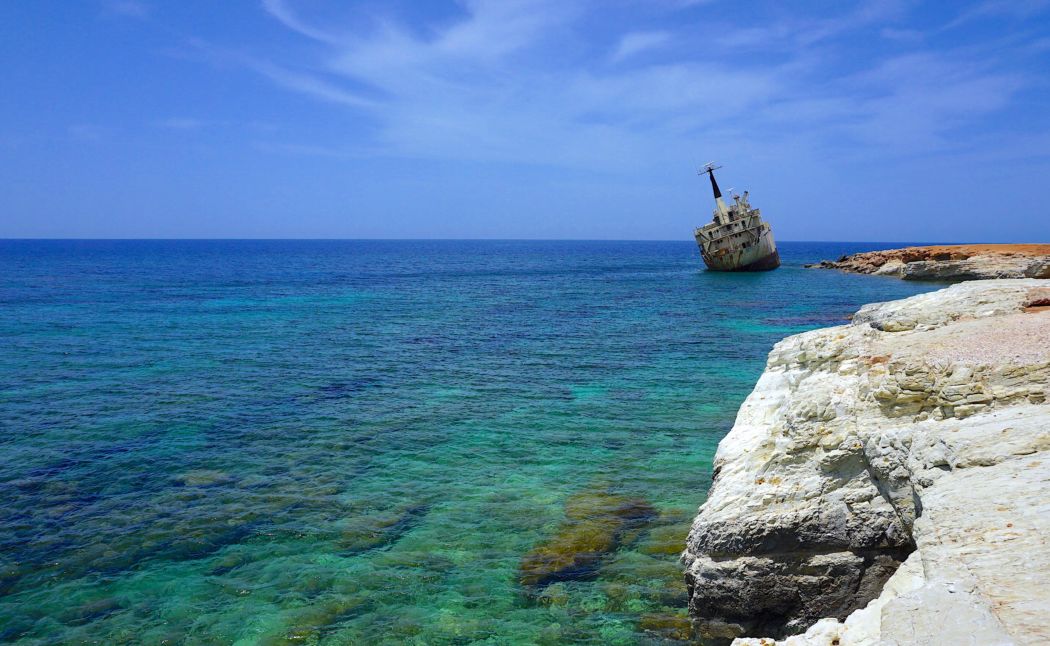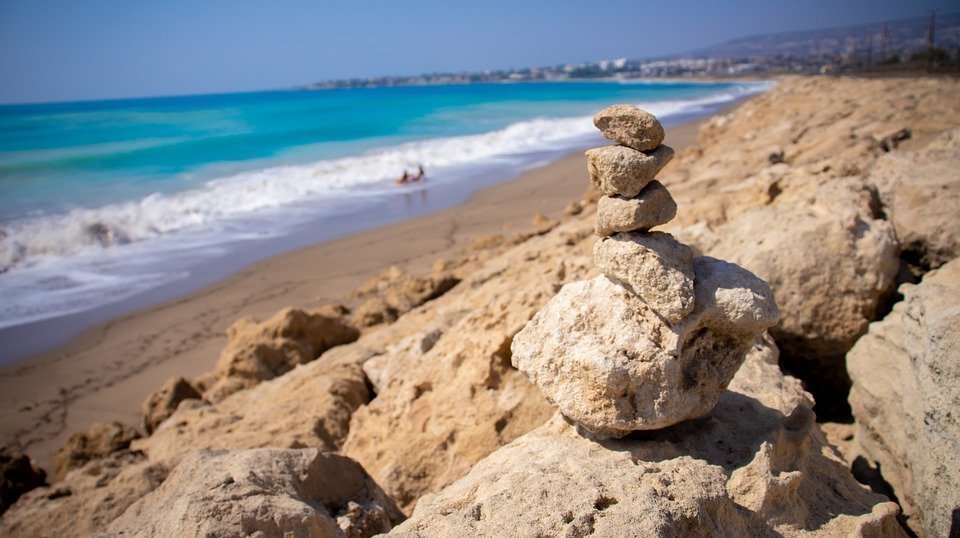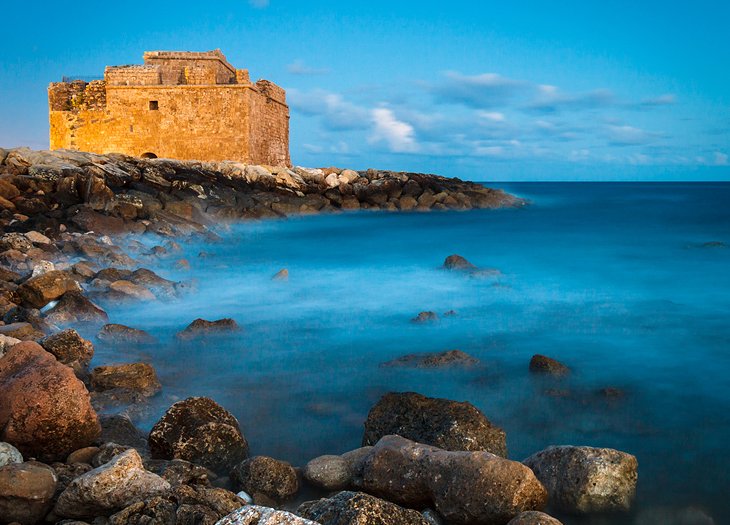Paphos Castle, originally a Byzantine fort built to protect the harbour, stands by the harbour. It was rebuilt by the Lusignans in the 13th century, dismantled in 1570 by the Venetians who were unable to defend it against the Ottomans, who in their turn restored and strengthened it after capturing the island.
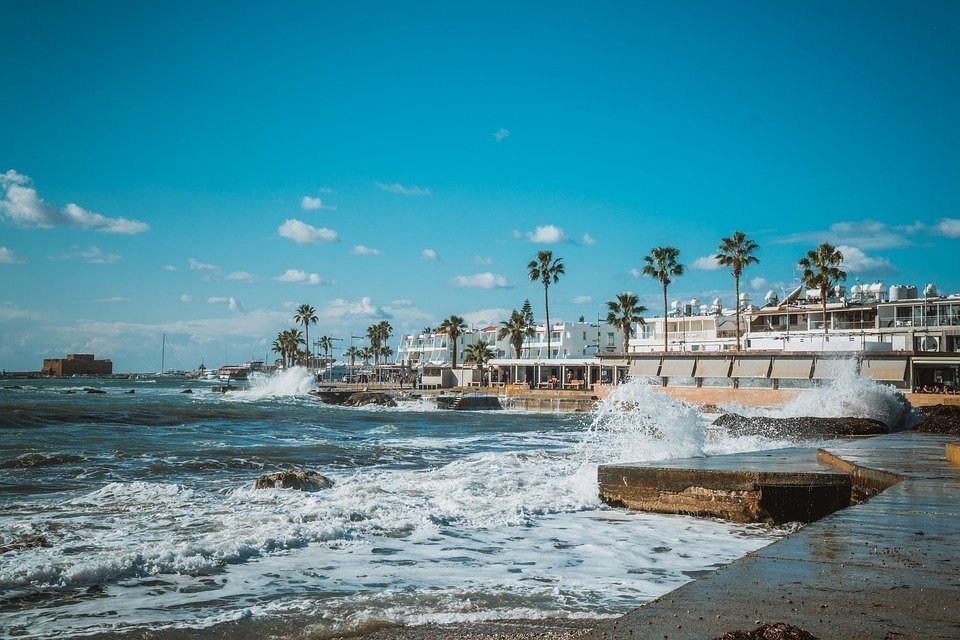
Saranta Kolones, Kato Paphos, near the harbor, is a castle built in the first years of Lusignan rule (beginning of the 12th century) maybe on the site of a previous Byzantine castle. It was destroyed in the earthquake of 1222.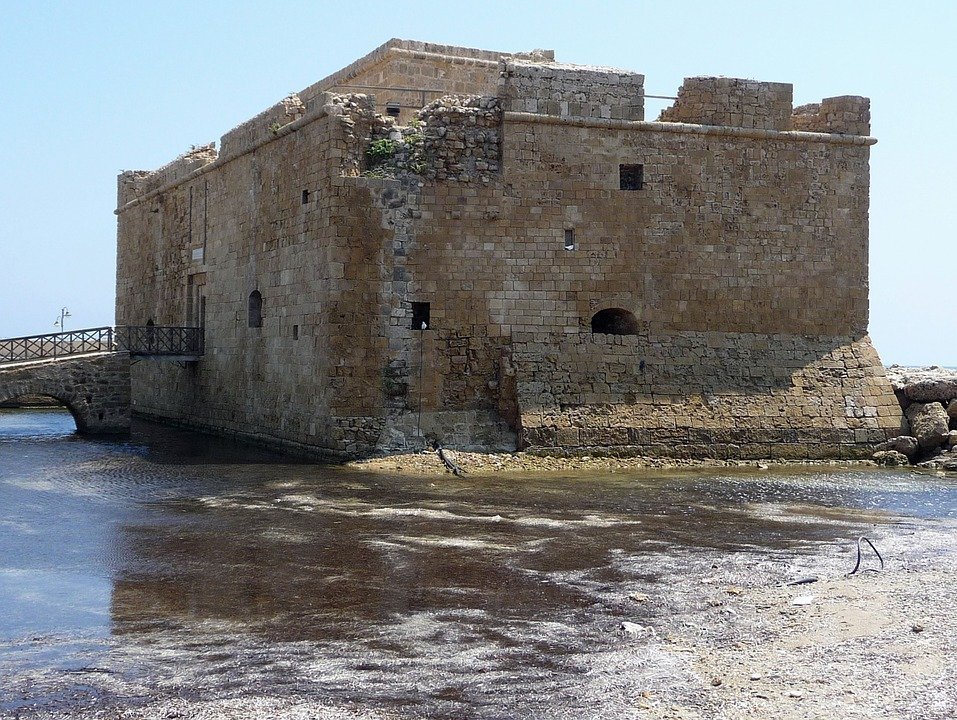
UNESCO added the entire town to its World Cultural Heritage List. Among the treasures unearthed are the mosaics in the House of Dionysos, Theseus and Aion, well preserved after 16 centuries under the soil. Then there are the mysterious vaults and caves, the Tombs of the Kings, the pillar to which Saint Paul was said to have been tied and whipped and the ancient Odeon Theatre.
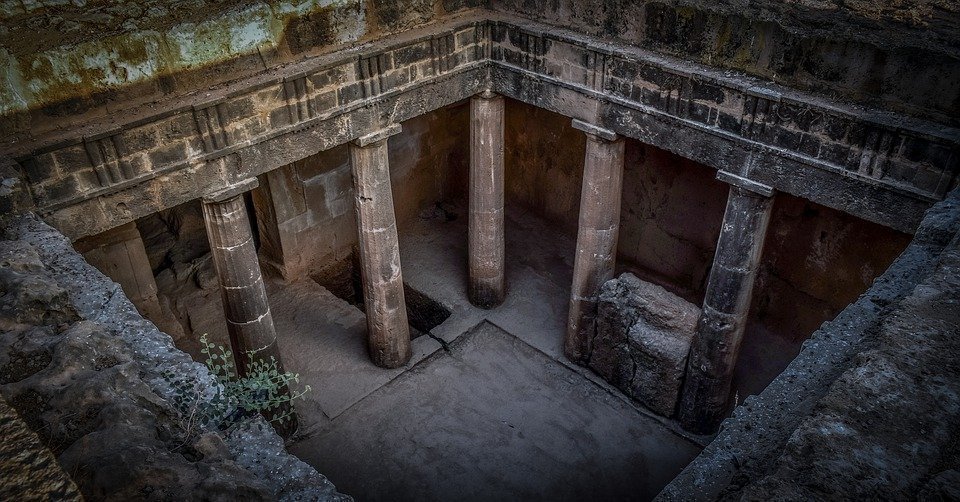
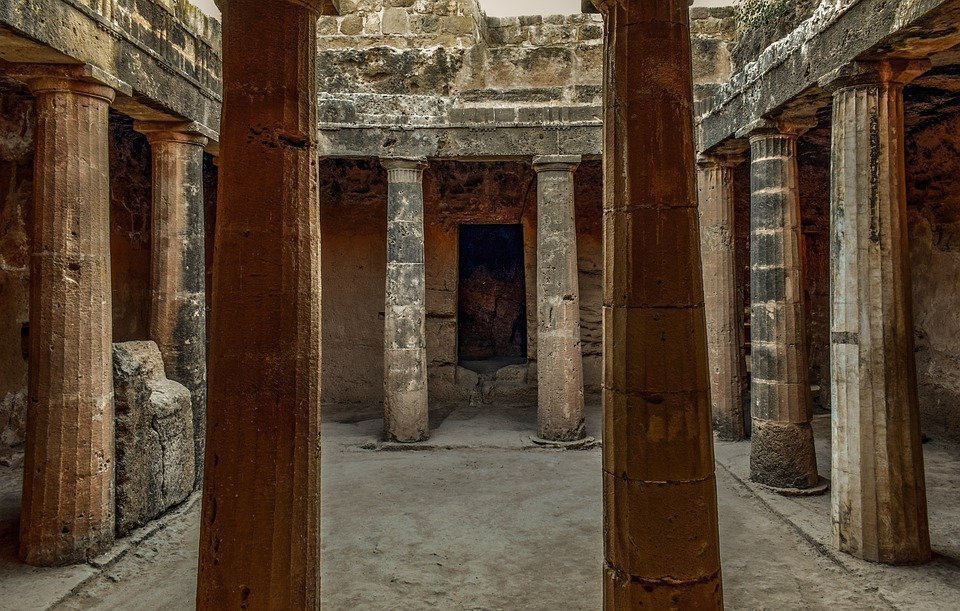
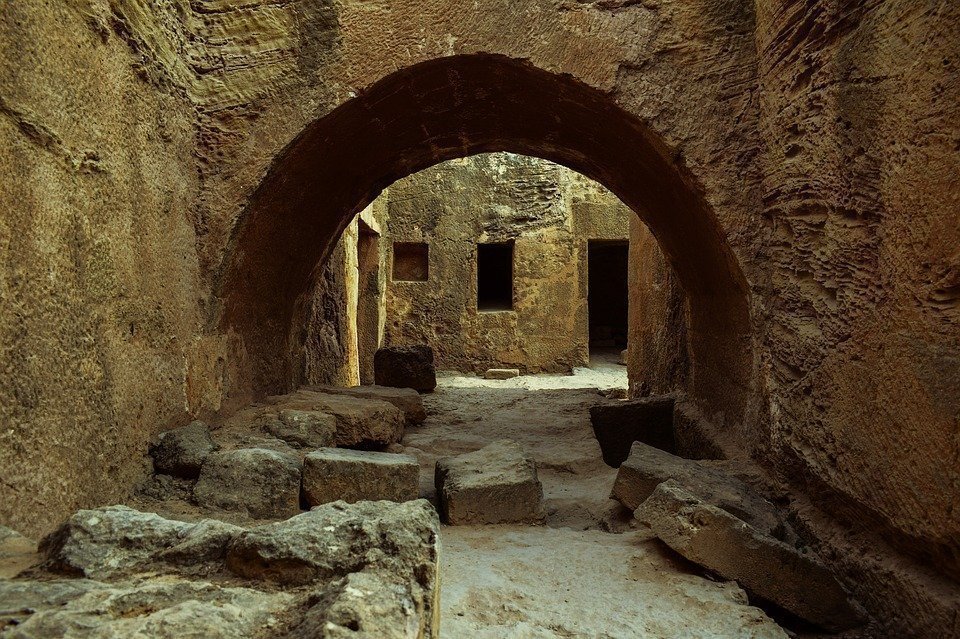
Other places of interest include the Byzantine Museum and the District Archaeological Museum, with its attractive collection of Cypriot antiquities from the Paphos area, dating from the Neolithic Age up to 1700 AD. Near the Odeon are the remains of the ancient city walls, the Roman Agora and a building dedicated to Asclepius, god of medicine.
The mosaic floors of these elite villas dating from the 3rd to the 5th century are among the finest in the Eastern Mediterranean. They mainly depict scenes from Greek mythology.
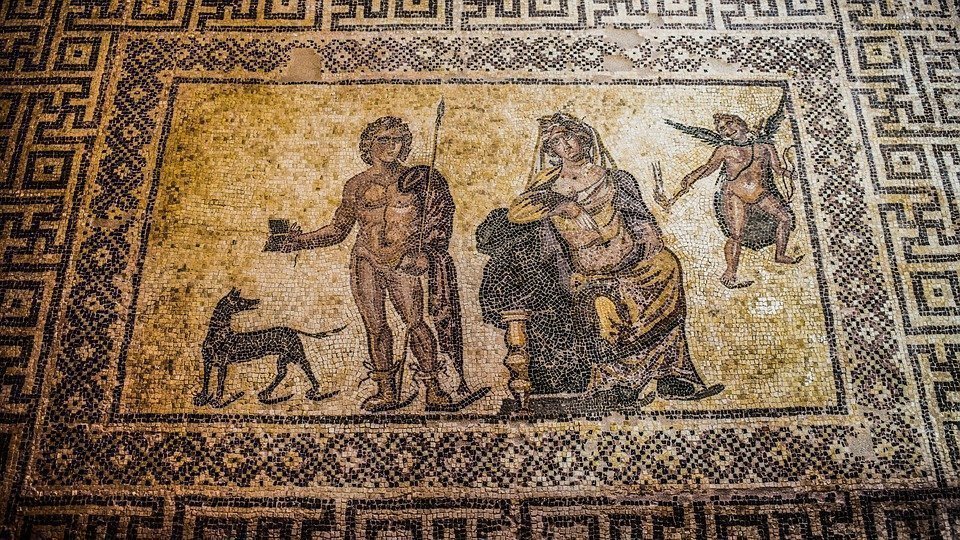
The city contains many catacomb sites dating back to the early Christian period. The most famous is Saint Solomoni Church, originally a Christian catacomb retaining some of its 12th century frescoes. A sacred tree at the entrance is believed to cure the ailments of those who hang a personal offering on its branches.
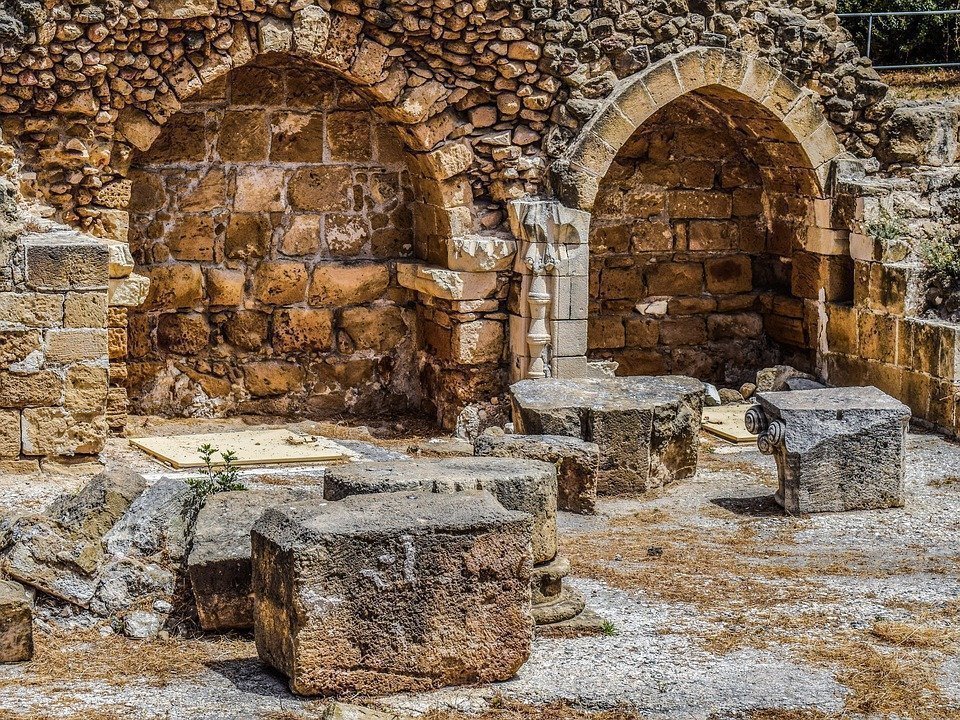
A few miles outside the city, the rock of Aphrodite (Petra tou Romiou, “Stone of the Greek”) emerges from the sea. According to legend, Aphrodite rose from the waves in this strikingly beautiful spot. The Greek name, Petra tou Romiou is associated with the legendary frontier-guard of Byzantine times, Digenis Acritas, who kept the marauding Saracens at bay. It is said that to repel one attack he heaved a large rock (Petra), at his enemy.
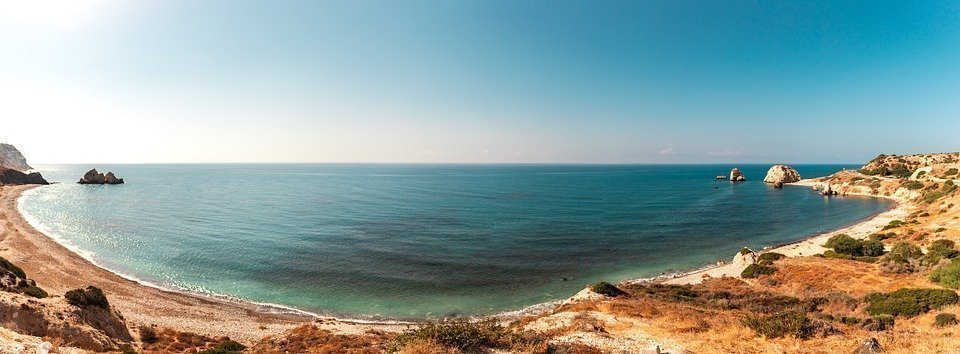
The site has recently seen the development of Aphrodite Hills resort. It features a five-star InterContinental Resort Hotel, an 18-hole golf course, tennis courts, fitness facilities, holiday villas, apartments, townhouses and the Retreat Spa. Aphrodite Hills appeared in the Forbes magazine ‘top five resorts’ list where it was voted the world’s most desirable new resort.

Near Petra tou Romiou is located Palaepaphos, Old Paphos, one of the most celebrated places of pilgrimage in the ancient Greek world, and once an ancient city-kingdom of Cyprus. Here are the ruins of the Temple of Aphrodite, where the most ancient remains date back to the 12th century BC.
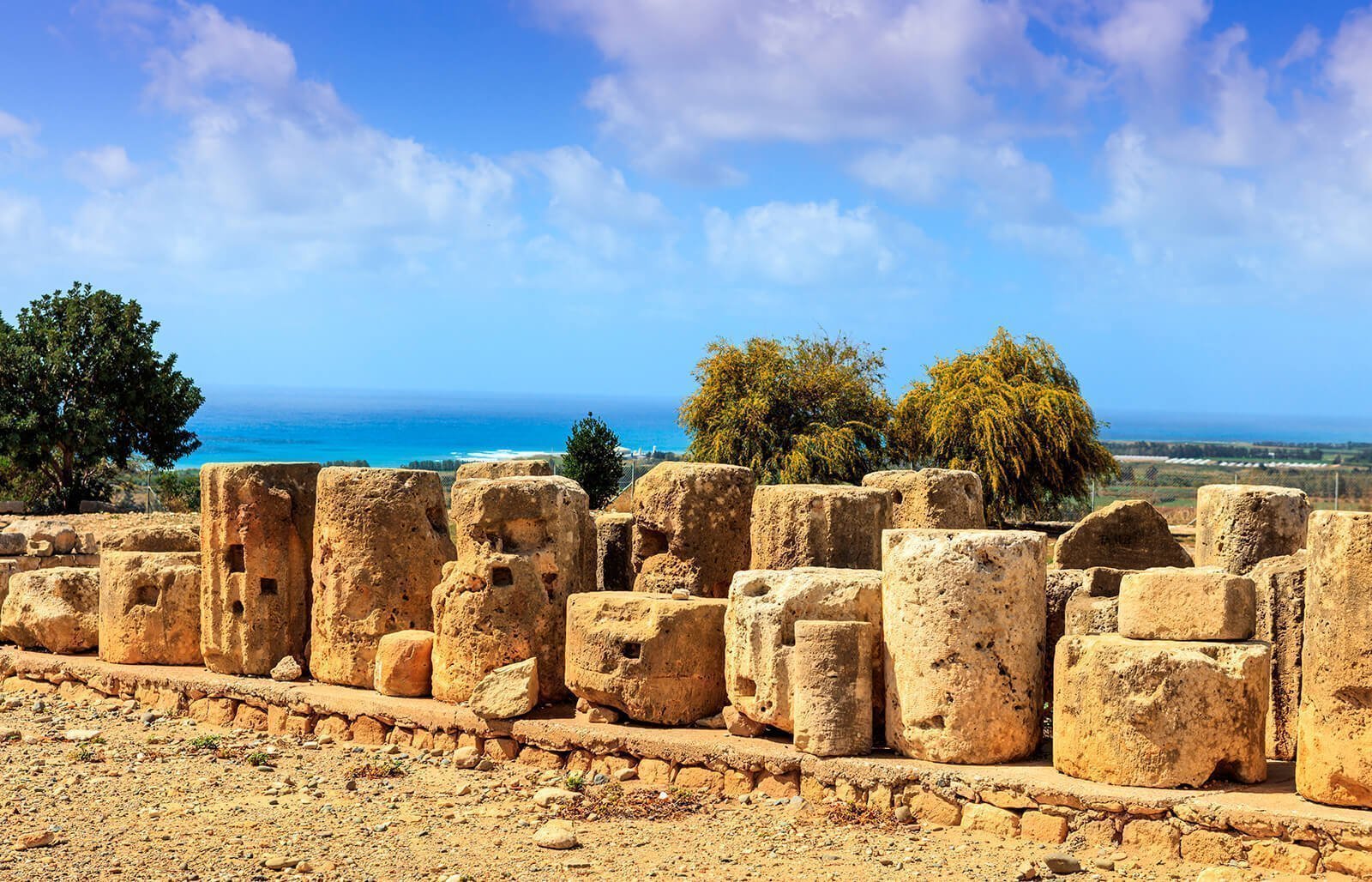
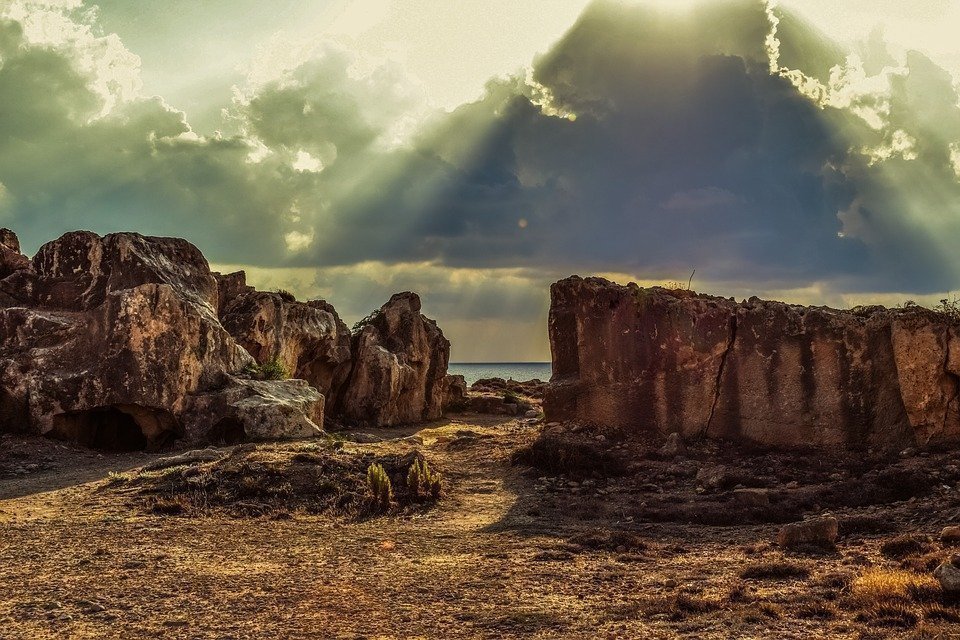 The temple was one of the most important places of cult and pilgrimage of the ancient world, until the 3rd–4th centuries AD. The museum, housed in the Lusignan Manor, is small but with many archaeological artefacts from the surrounding area.
The temple was one of the most important places of cult and pilgrimage of the ancient world, until the 3rd–4th centuries AD. The museum, housed in the Lusignan Manor, is small but with many archaeological artefacts from the surrounding area.
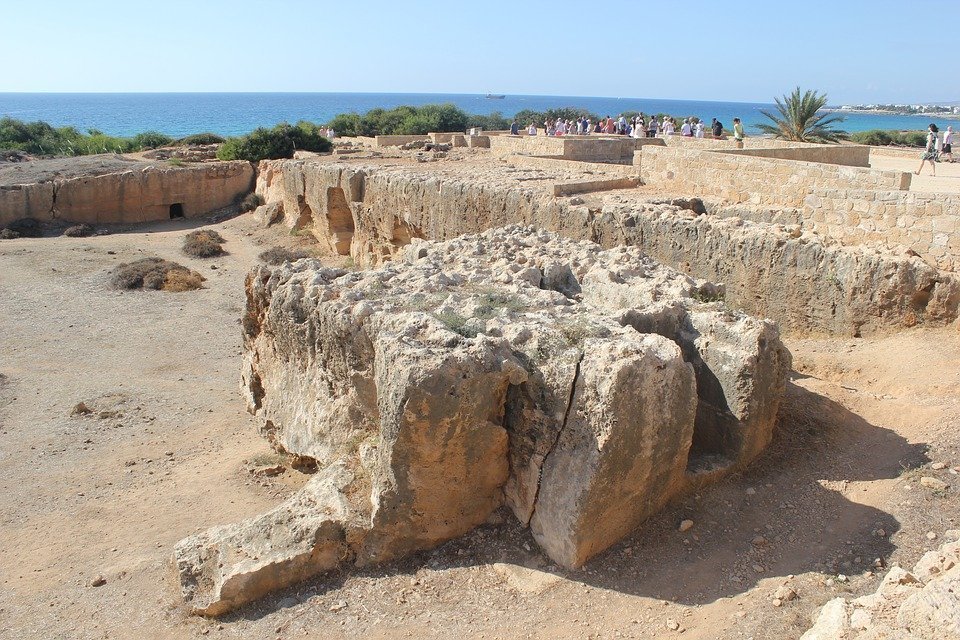
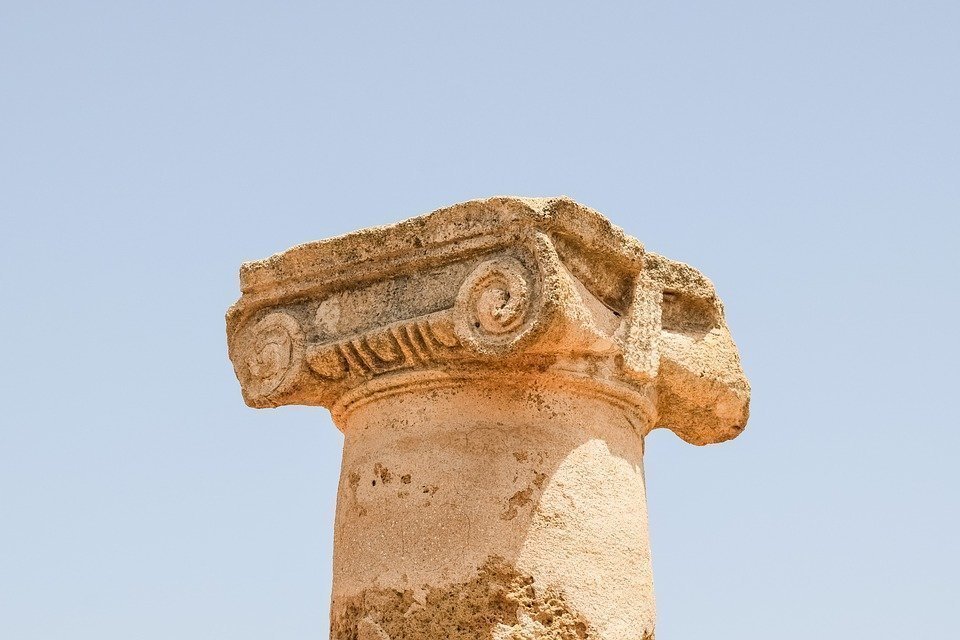
Yeroskipou with its remarkable five-domed Byzantine church of Ayia Paraskevi and its Folk Art Museum is a town in Paphos metropolitan area known for many years for its delight ‘loukoumi’.

North-east of Paphos lies Ayios Neophytos (St. Neophytos) Monastery, known for its ‘Encleistra’ (Enclosure) carved out of the mountain by the hermit himself, which boasts some of the finest Byzantine frescoes of the 12th and 15th centuries. Nearby too is the painted village church of Emba (Empa).
Four kilometres (2.5 miles) north of Paphos is the village of Lemba (Lempa), home to numerous artists, many of whom have open studio shops, the sculpture known as the Great Wall of Lempa by the Cypriot artist Stass Paraskos and the Cyprus College of Art.
Just off the coast of Paphos is the wreck of M/V Demetrios II which ran aground on 23 March 1998 in heavy seas, during a voyage from Greece to Syria with a cargo of timber.
Similarly, on 8 December 2011, the EDRO III ran aground off the coast of Cyprus. It is located near the Sea Caves of Paphos on the western shore of the island close to the Akamas Peninsula. Built in the 1960s, registered in Freetown, Sierra Leone, the Edro III is owed by an Albanian shipping company. It was travelling from Limassol, Cyprus to Rhodes when it ran aground. It is still shipwrecked to this day, although its cargo and fuel oil were removed. Local authorities are hesitant to remove the ship from the rocks due to the fact that the coastline is a protected natural park where turtles nest and endemic plant and animal species thrive.
